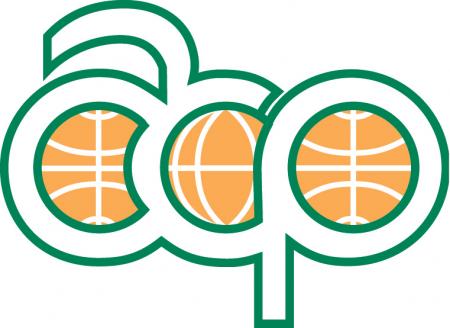ECOLOGICAL AND SOCIOECONOMIC VULNERABILITY AND OPPORTUNITIES ASSESSMENT (ESVOA) SOUTH WEST BAY, MALEKULA
The objective of an Ecosystem and Socio-economic Resilience Analysis and Mapping (ESRAM) process is to generate a robust planning baseline to inform the identification of ecosystem-based adaptation (EbA) options for strengthening the socio-ecological resilience of communities to the impacts of climate change and other direct anthropogenic impacts.






